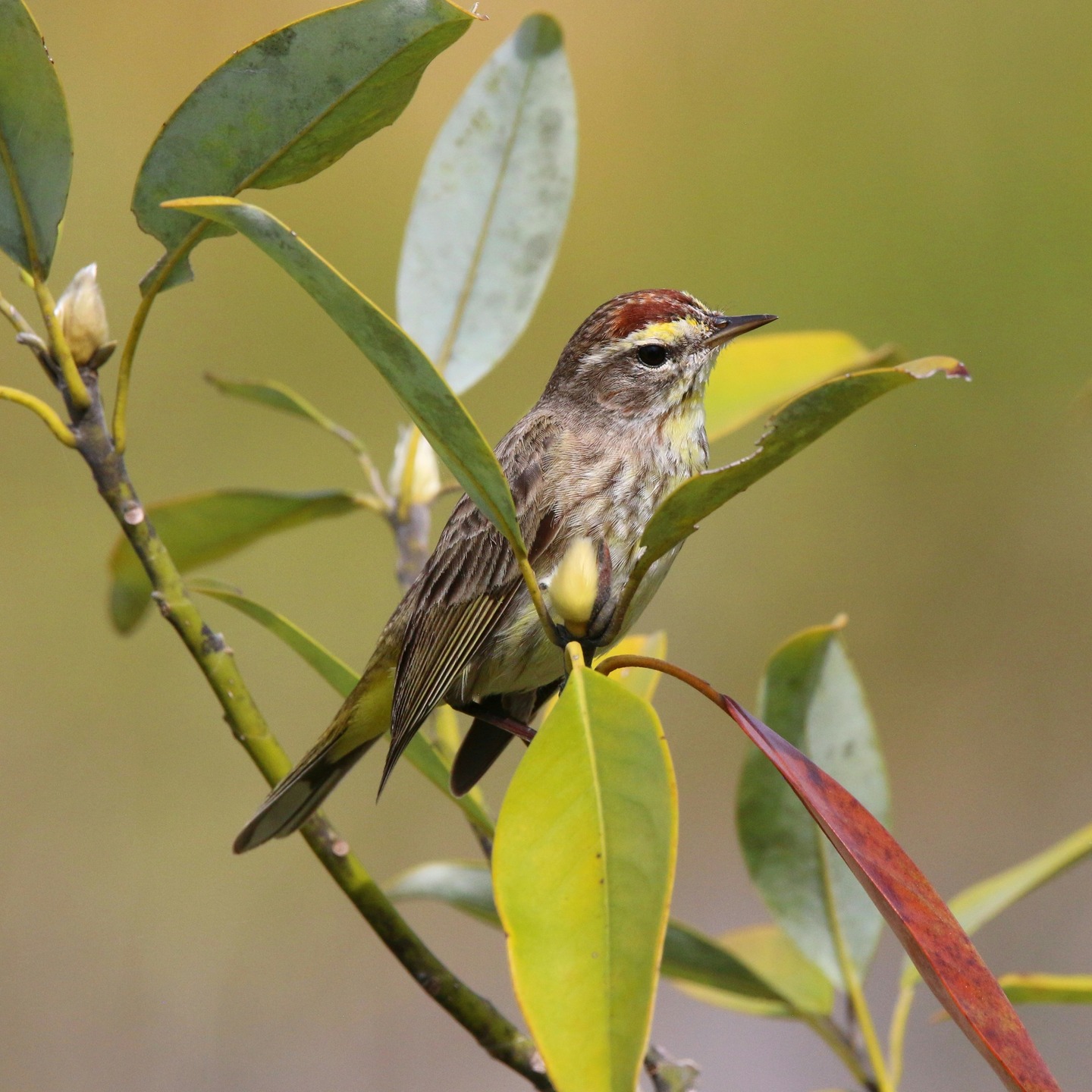- Impact of artificial lighting on migrating birds in Palm Beach County.
- Importance of turning off lights to aid bird migration.
- Financial and environmental benefits of reducing outdoor illumination.
- Zoological insights into bird navigation and migration patterns.
- Conservation strategies to support avian wildlife during migration seasons.
Each night during migration season, millions of birds embark on a challenging journey, crossing vast territories in a quest for suitable habitats. Palm Beach County, Florida, serves as a significant flyway for these avian travelers. However, artificial lighting presents obstacles to their navigation. Understanding the implications of human-made light pollution is essential in safeguarding these birds and supporting their migratory patterns.
Artificial lighting disrupts birds in a multifaceted manner. It disorients them, causing them to deviate from their paths. Bright lights can interfere with a bird’s innate navigational abilities, which rely on celestial cues like constellations. When confused by artificial sources, they risk losing their bearings. This disorientation poses a threat not only to individual birds but to entire populations, especially during critical migratory periods.
Every year, hundreds of thousands of birds fly over Palm Beach County, relying on innate biological mechanisms to guide them. By simply turning off outdoor lights during migration season, residents can significantly reduce disorientation. It’s a small action with monumental impact, aiding birds in reaching their destinations safely. Awareness and community involvement play pivotal roles here. Organizing local initiatives and educating the public about the significance of dimming or turning off lights can make a substantial difference.
Furthermore, reducing lighting is not just beneficial for birds. It also provides economic advantages to residents. By minimizing outdoor illumination, households can lower their electric bills. This reduction is both cost-effective and energy-efficient, contributing to a decrease in greenhouse gas emissions. By reflecting on personal energy consumption, individuals contribute to wider environmental conservation efforts.
From a zoological perspective, understanding bird migration offers insights into their remarkable navigational abilities. Birds utilize a combination of the earth’s magnetic fields, the position of the sun and stars, and even olfactory cues to find their way. These innate skills have evolved over millennia, yet remain vulnerable to human-induced challenges. Studying these patterns enriches our understanding of avian biology and the intricate dynamics of ecosystems.
Conservation strategies are critical in supporting birds during migration. Besides turning off lights, creating bird-friendly habitats and ensuring safe passage through urban areas are vital. Public policies that enforce light reduction in key areas can amplify individual efforts. Furthermore, engaging schools and local organizations in citizen science projects offers educational opportunities and fosters community responsibility.
In summary, Palm Beach County serves as a critical corridor for migrating birds each season. By addressing light pollution, we can bolster the survival rates of these species. This initiative extends beyond individual action, emphasizing the collective responsibility we hold in preserving wildlife. By combining scientific knowledge with practical measures, we can create an environment that respects and accommodates the natural world.
*****
Source Description
It’s
Each night during migration season, hundreds of thousands of birds fly over Palm Beach County. You can help them get to where they’re headded by turning off outdoor lights at night. Bright lights can confuse birds and cause them to lose their way. It’s also a great way to save on your electric bill $$$.


